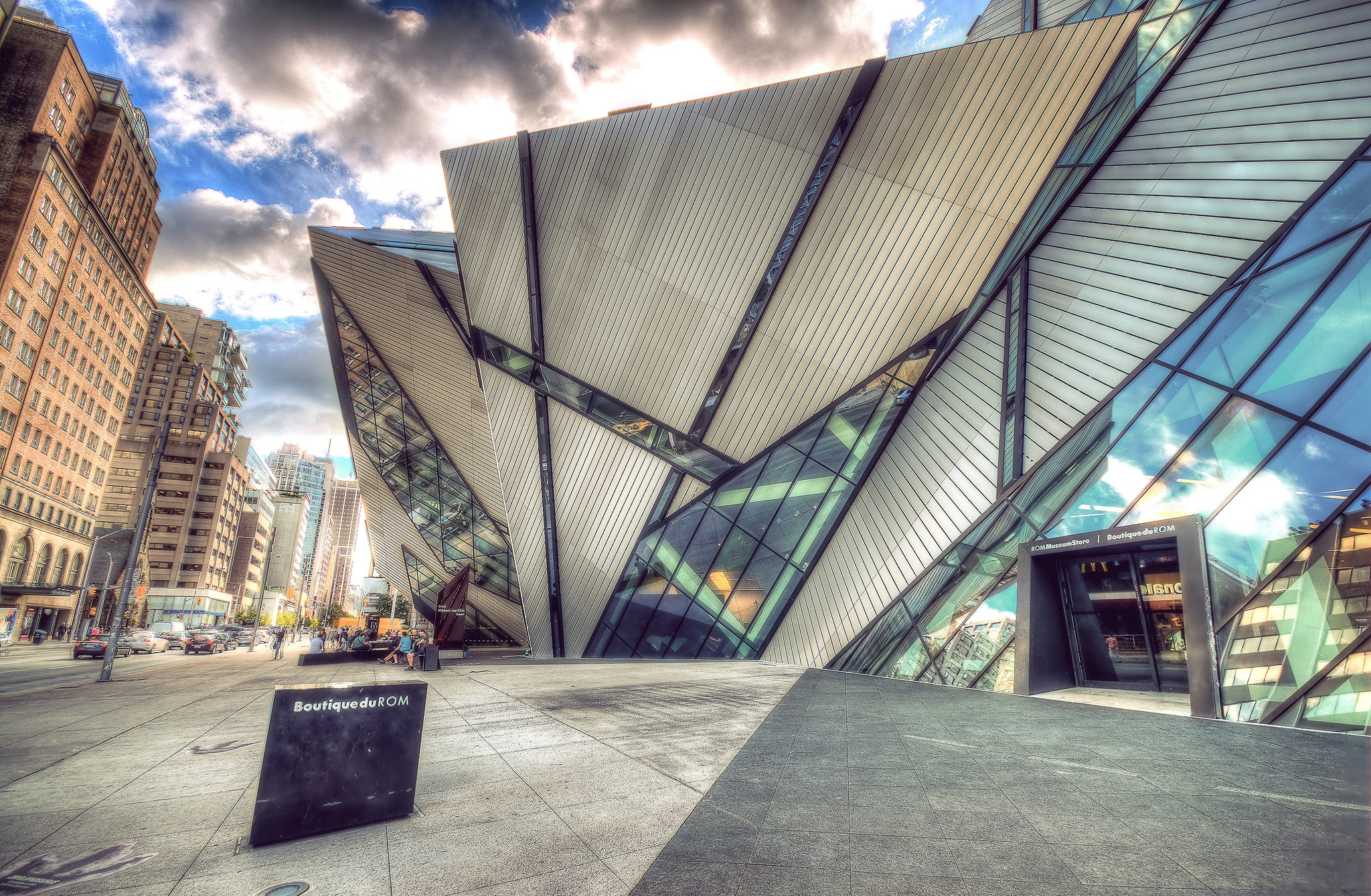Art and Culture
Royal Ontario Museum explores sexual harassment in the arts with #MeToo display

“Modernism on the Ganges: Raghubir Singh Photographs” offers a retrospective of a man who pioneered the use of colour film in capturing street scenes in India from the late 1960s to the 1990s. (Photo by Bardia Photography/Flickr, CC BY-NC-ND 2.0)
TORONTO — An upcoming exhibit featuring the work of controversial photographer Raghubir Singh will be accompanied by a display outlining sexual misconduct allegations against the late artist.
The Royal Ontario Museum says it hopes to spark conversation with the concurrent program #MeToo & the Arts, meant to explore gender inequity.
South Asian Art curator Deepali Dewan calls it a “milestone” in the way the museum handles difficult content, expecting the head-on approach to shape the way it handles future projects that may be problematic.
“Modernism on the Ganges: Raghubir Singh Photographs” offers a retrospective of a man who pioneered the use of colour film in capturing street scenes in India from the late 1960s to the 1990s. Singh died in 1999.
The touring exhibit was the subject of a protest in New York last year by Brooklyn-based artist Jaishri Abichandani, who in previous reports has accused Singh of coercing her into sex during what she thought was a work trip to India.
Both displays run July 21 to Oct. 21.
Dewan says the #MeToo program is the result of lengthy consultations with Abichandani and Singh’s family, and an external advisory committee made up of leaders in the arts community and women’s advocacy. Abichandani could not immediately be reached for comment.
“It’s difficult because there’s pain on all sides and we wanted to make sure we proceed in a respectful way,” says Dewan.
She says the museum wants to be a place where visitors can tackle tough questions and address current debates.
“We really want to be a civic hub at the ROM and we really want to be a place where important issues that are on our visitors’ minds that they’re talking about, that is relevant in their lives — we want to be a space where those things can be discussed. And it’s not easy. This is really, really hard.”
She says the museum first heard of the allegations late last year, soon after the #MeToo movement came to the fore.
“At that time in the #MeToo movement, it seemed like the only option out there that other institutions and industries were following were: When allegations came up, you would either cancel whatever you were doing or you would ignore it. It really felt to us like neither of those options were good,” says Dewan.
“We are in a moment where museums are really grappling with what to do and there isn’t one clear answer,” she adds.
“If we had another year or two years to work on this, maybe we would have made other choices. And if the artist was alive, let’s say, and there were active charges and an active case against it, we might have made different choices, as well.”
She says the display will outline the allegations and how various museums have tackled the issue of sexual harassment against other artists. A third section will feature video clips of arts professionals reflecting on these issues.
There will also be films, panel discussions and possibly live performances that address gender issues.
Dewan says she expects the exhibit will mark a new approach to handling such thorny topics: “It’s not the first time and not the last time.”





















